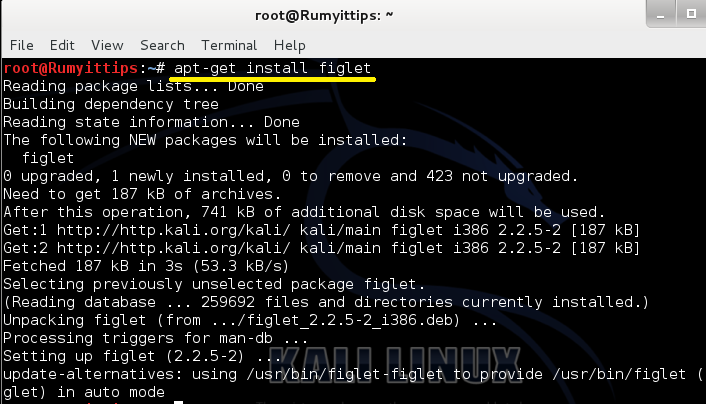

Update the commit message if you'd like and press Commit again. Make your changes and any other updates you like to the file. You may need to navigate using the file tree or enter your file in the Filter files field to find it.Ĭlick the Edit button to open the edit view.
#How to edit text file in terminal windows how to
Here's how to edit a file from Bitbucket:įrom the repository, click Source in the left navigation. If you don't have write access, Bitbucket automatically creates a fork and pull request that points to the original repository.

If you have repository write access, you can commit directly to the repository or choose to Create a pull request for this change. After viewing the diff, click Edit file to go back to the edit view.Ĭommit – Displays the Commit changes dialog where you can enter a commit message and save by clicking Commit. View diff – Shows you the differences between your changes and the most recent version of that file on Bitbucket. Line wrap – Update if you want the lines in your file will wrap. You'll only see this option when Spaces is the Indent mode. Indent size – Update the number of spaces for an indentation. Bitbucket attempts to guess what you're using, but you may have to adjust. Indent mode – Choose from Tabs or Spaces. Syntax mode – Pick the appropriate file type for your file. If you've already made changes, you'll get a message that asks if you want to cancel your changes to continue.

File options – Click Diff for the file's diff or History for its commit history to move away from the edit view. File heading – Displays the repository owner (workspace), the project where it lives, and the repository's name.ī. Here's what a file looks like in edit mode:Ī. If you have read access and attempt to edit online, Bitbucket forks the repository, commits your change to the fork, and opens a pull request back to the original repository. If you have write access to a repository, you can edit and commit changes to the repository from the Source files. To write your changes and exit Vim at the same time, type :wq and then press ENTER.$ git commit -m 'Initial commit of all files to the repository'Ħ files changed, 1 insertions(+), 1 deletions(-) To exit Vim, type :q and then press ENTER. To write your changes without exiting Vim, type :w and then press ENTER. Now you can type commands to save your changes, search for text, and so on. Note that the -INSERT- status line at the bottom of the screen goes blank. To navigate around the file while you are in insert mode, use the arrow keys and Page Up/Page Down keys. Note that the status line at the bottom of the screen changes to -INSERT. To create new files: Press Ctrl + Alt + N. To make changes to the text, you must enter insert mode. To save files with a different name: Press Ctrl + Shift + S. In normal mode, anything you type on the keyboard is interpreted as a potential command, not changes to the text. You can't just start typing your changes, because Vim starts in normal mode. You can type vim to start the Vim editor if you want, but vi is shorter and does the same thing.Įditing files with Vim is not as intuitive as with Nano. Vim (“Vi Improved”) is a Vi clone that has many more features than the original. One of the earliest text editors on Unix systems was the Vi editor. If you are wondering why you type vi instead of vim, the vi command is a link to vim.


 0 kommentar(er)
0 kommentar(er)
